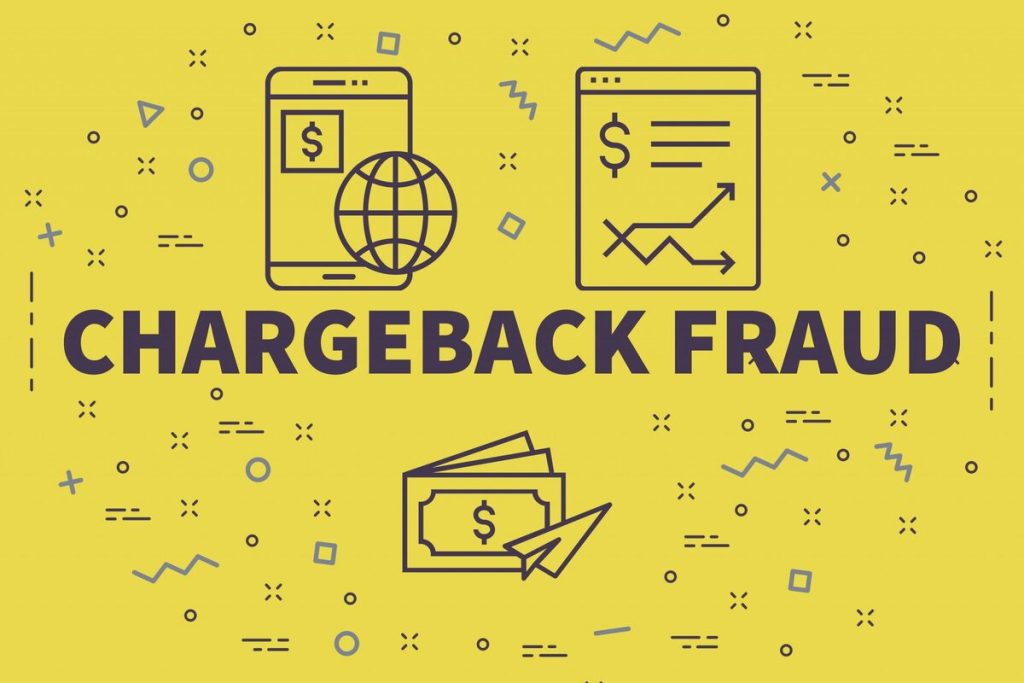Introduction
Chargebacks are a significant financial risk for businesses, particularly in e-commerce. Chargebacks occur when customers dispute transactions, resulting in a payment reversal. While chargebacks are designed to protect consumers, they often cause financial strain on businesses. According to Mastercard, global chargeback volume is expected to exceed $117 billion by 2023. Understanding chargebacks and developing strategies to prevent and manage them is essential to maintaining profitability and customer trust.
This guide provides practical strategies to reduce chargebacks, prevent fraud, and handle disputes effectively.
Common Causes of Chargebacks
Understanding the primary causes of chargebacks is essential for prevention. The most frequent causes include:
- Fraudulent Transactions: 80% of chargebacks result from fraudulent transactions. This includes unauthorized use of stolen card data.
- Unrecognized Billing Descriptors: Customers may dispute a charge if the billing statement does not clearly identify the transaction.
- Non-Delivery or Faulty Products: Chargebacks are often initiated when customers don’t receive products or receive defective goods.
- Clerical Errors: Manual errors such as double billing or incorrect transaction details also lead to chargebacks.
Table 1: Common Chargeback Causes and Percentages
| Cause | Share of Chargebacks |
|---|---|
| Fraudulent Transactions | 80% |
| Unrecognized Billing Descriptors | 10% |
| Non-Delivery/Faulty Products | 5% |
| Clerical Errors | 5% |

Prevention Strategies
Businesses can reduce chargebacks by implementing effective strategies. Below are some proven methods.
1. Clear Billing Descriptors
Ensure that the billing descriptor is easily recognizable to the customer. Mastercard data shows that updating billing descriptors can reduce chargebacks by up to 30%.
2. Fraud Detection Tools
Utilize fraud prevention tools such as Address Verification Systems (AVS) and Card Verification Value (CVV) checks. These tools verify cardholder details during the transaction, minimizing the risk of fraudulent transactions.
3. Chargeback Alerts
Chargeback alerts notify businesses when a dispute has been initiated. Merchanto.org, a partner of VISA and MasterCard, offers chargeback alert services that allow businesses to respond quickly and reduce chargeback risks. Learn more about their services here.
4. Proactive Customer Service
Providing proactive customer service helps resolve issues before they escalate into chargebacks. By addressing customer complaints quickly, businesses can reduce chargebacks by up to 15%.
5. Accurate Shipping and Documentation
Ensure that all shipments are properly documented and tracked. Keep records of delivery confirmations and customer communications to use as evidence in the event of a chargeback dispute.
Table 2: Chargeback Prevention Strategies and Effectiveness
| Strategy | Expected Reduction |
|---|---|
| Clear Billing Descriptors | 30% |
| Fraud Detection Tools (AVS, CVV) | 25% |
| Chargeback Alerts | 20% |
| Proactive Customer Service | 15% |
| Accurate Shipping & Tracking | 10% |
Managing Chargebacks
Despite efforts to prevent them, chargebacks will still occur. A structured approach to managing them is key to minimizing losses.
1. Understand Reason Codes
Each chargeback has an associated reason code, which identifies why the dispute was filed. Understanding these codes allows businesses to prepare targeted responses. VISA and Mastercard provide comprehensive lists of reason codes.
2. Submit Evidence Promptly
Once a chargeback is initiated, businesses typically have 30 to 45 days to submit evidence to dispute the claim. Evidence may include receipts, delivery records, and communication with the customer. Payment processors like Stripe recommend compiling detailed transaction records to improve the chances of winning disputes.
3. Chargeback Management Services
Outsourcing chargeback management to a specialized service provider can save businesses time and resources.
Table 3: Average Win Rates for Chargeback Disputes
| Card Type | Average Win Rate |
|---|---|
| Credit | 40% |
| Debit | 38% |

Combatting Chargeback Fraud
Chargeback fraud, also known as friendly fraud, occurs when customers dispute legitimate transactions. Combatting chargeback fraud requires vigilance and proactive measures.
1. Monitor Transaction Patterns
By analyzing transaction patterns, businesses can identify suspicious activity that may indicate fraud. VISA recommends using data analytics to detect high-risk transactions.
2. Strengthen Customer Verification
For high-value transactions, businesses should implement additional verification steps such as two-factor authentication. Using AVS and CVV checks can further reduce the risk of fraud.
3. Pursue Legal Recourse
In cases of repeat chargeback fraud, businesses may consider legal action. While this is typically a last resort, it can serve as a deterrent for fraudsters.
Conclusion
Chargebacks are a challenge that businesses must manage to protect their revenue. By implementing clear prevention strategies such as recognizable billing descriptors, fraud detection tools, and chargeback alerts, businesses can significantly reduce the occurrence of chargebacks.
By adopting these practices, businesses can effectively safeguard themselves from the financial risks associated with chargebacks and focus on sustained growth.
Efficient management of chargebacks, understanding reason codes, and submitting evidence promptly can increase the chances of winning disputes. Businesses can also reduce chargeback fraud by closely monitoring transactions and improving customer verification processes.



